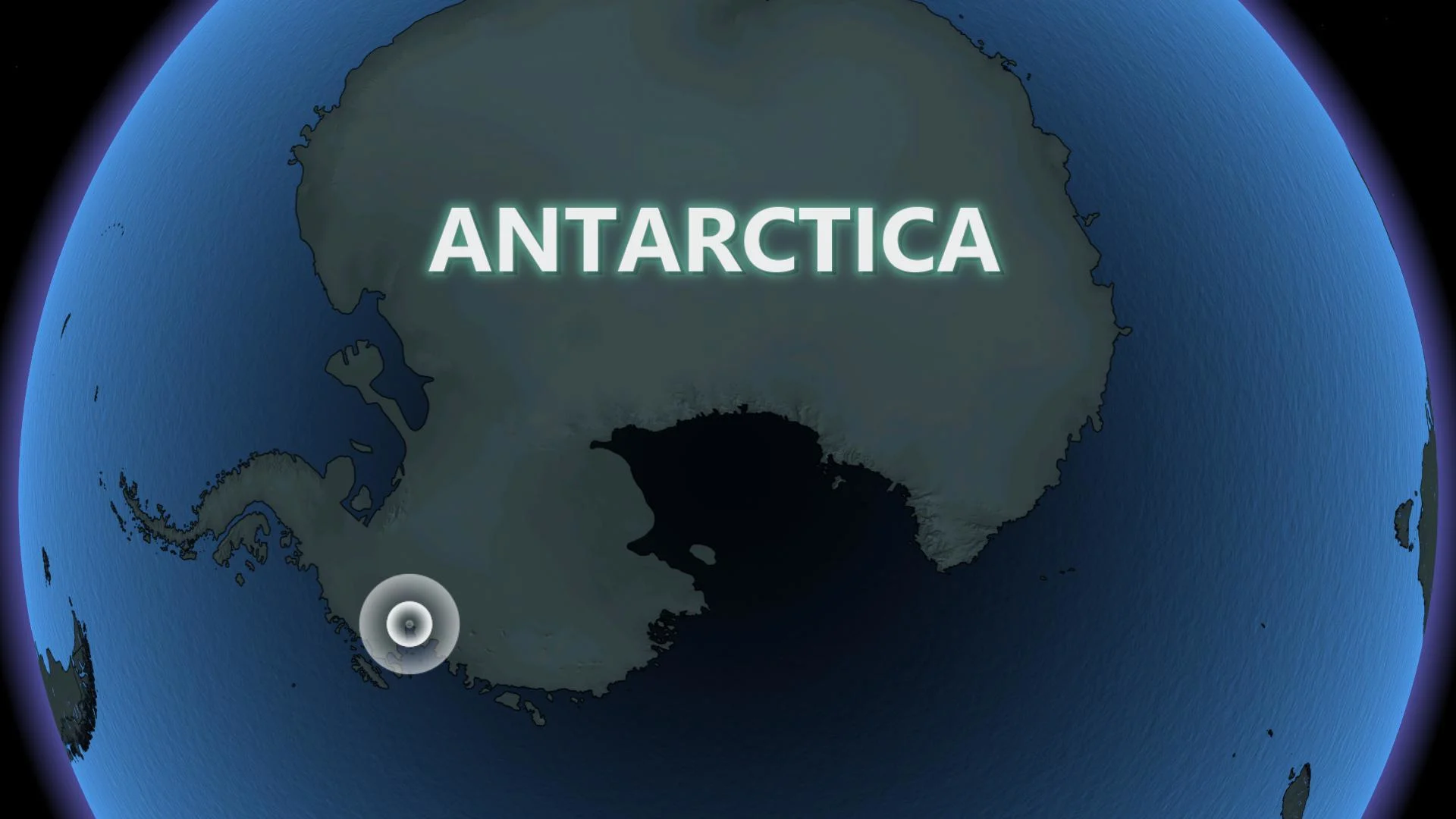
New uncharted island revealed by melting Antarctic ice
Scientists were sailing and collecting data when they stumbled upon the unique discovery.
The Antarctic Ice Sheet extends nearly 14 million square kilometres and is roughly the area of the United States and Mexico combined, but the warming temperatures are quickly shrinking its size. Scientists sailing off the coast of the Pine Island Glacier ice shelf noticed that the melting ice has revealed something remarkable: an uncharted island surrounded by glaciers and icebergs.
After making landfall, the scientists found that the island is made of volcanic granite and stretches 350 metres long. They named it Sif Island after a Norse goddess associated with Earth.
The scientists are part of the Thwaites Glacier Offshore Research project and are conducting research to understand how Antarctica is being impacted by climate change. They say that the island's sudden appearance is due to extensive ice melt in Antarctica, which is one of the fastest-warming regions on Earth.
Sarah Slack was a member of the expedition and wrote in a blog post that discovering the island “wasn’t a great sign for the future health of our planet” but said the geologists were excited for the unusual opportunity to collect rock samples in Antarctica. Most of the continent’s geology is covered in ice and analysis of the rock samples will help the scientists estimate the age of the rock and learn more about how this region formed.
Around 90 per cent of the freshwater on the Earth's surface is held in the Antarctic ice sheet and could cause a sea level rise greater than 60 metres if it melts. The Antarctic Peninsula has warmed 2.5°C since 1950 and recently recorded a temperature of 18.3°C at Esperanza Base on February 6, 2020, which is the hottest daily high that has ever been recorded on the continent.
Sif Island adds to the growing list of discoveries that have been made because of melting ice. In Siberia, both a 46,000-year-old frozen bird and an 18,000-year-old frozen puppy were found within permafrost at the same site near the remote village of Belaya Gora. And expedition officers at Mount Everest are increasingly facing the need to remove dead bodies that were previously frozen because of melting ice.
Source: PolarTREC







